What is a cat-friendly home?
A cat-friendly home is a home that meets the physical, behavioural and emotional needs of the cat. It is not enough to adopt a cat and provide fresh food and water, they have emotional and physical needs too. We take a look at what is involved in providing a cat-friendly home.
A place to scratch

All cats need to sharpen their claws and remove the loose outer layer (many pet-owners will have found cat-sheaths on the ground) and stretch their forearms and shoulders. If a cat is not provided with a place to scratch (also known as stropping), they will make a place, which is usually a piece of furniture or the carpet.
A sturdy cat tree is an excellent way for cats to sharpen their claws, it should be at least 1.5 times taller than the cat. In my experience, you get what you pay for with cat trees, cheap ones don’t last long, so it is worthwhile investing in a good-quality cat tree that will last for years.
The taller the better, as a large cat tree can double up as a place to climb, sleep and escape (from small children or other pets).
Other options include scratchers that hang on doors or vertical scratchers.
The best materials for a scratching post/toy are sisal material and strong carpet. I have found that cardboard scratchers are quickly destroyed and leave pieces of cardboard on the floor.
Food and water
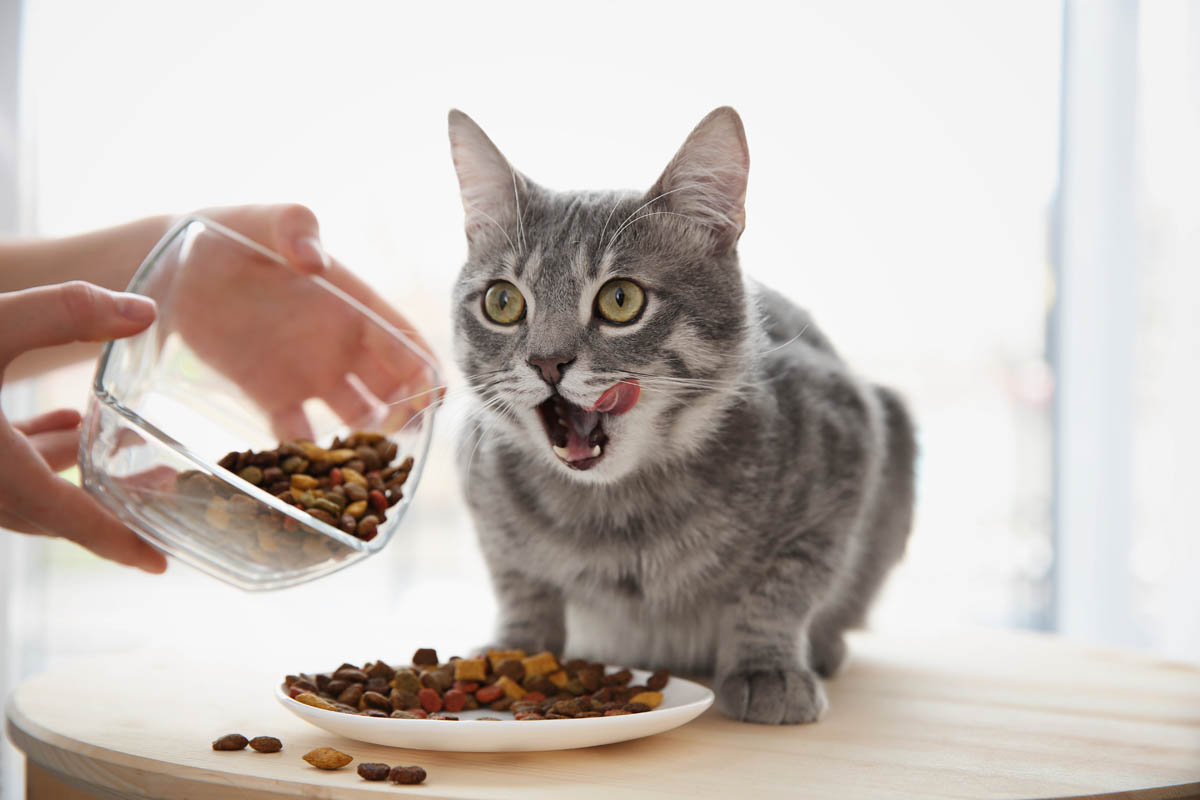
Cats aren’t social eaters and prefer to eat away from others. Most cat households have one food and one water bowl for several cats. A more cat-friendly way is to set up a feeding station for each cat in the house, which should be located in different areas, not all lined up next to each other.
Change water every day and wash food and water bowls regularly.
Provide a variety of places to sleep
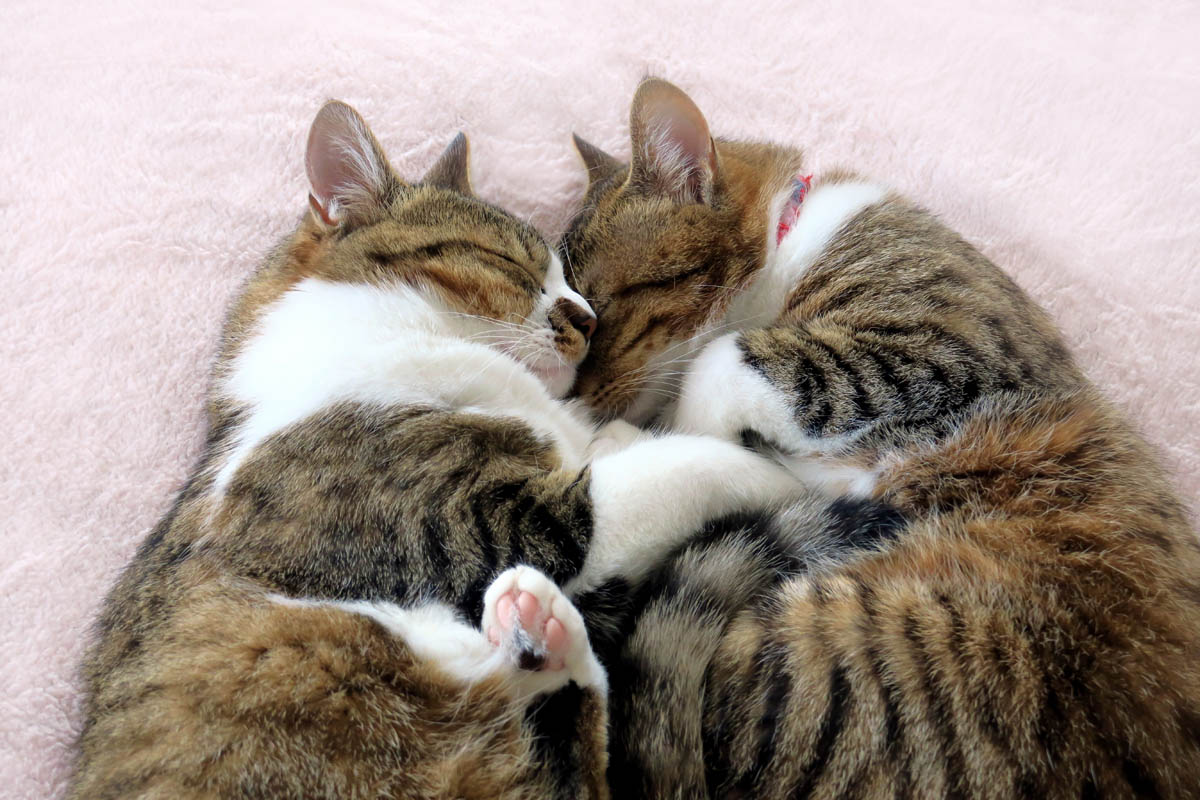
Cats spend up to 18 hours asleep and like a variety of sleeping options depending on the weather and how they are feeling. They love to laze in the sun on a winter’s day, sleep up high (ours love the top of a tall bookcase in our dining room), a dark nook, or if you’re my cat Norman right now, in the middle of the floor. Make sure there are several different sleeping places for your cats to sleep.
Our cats have several cat beds scattered throughout the house, a quiet nook with a blanket which is hidden behind a chair (two of the cats love this nook), a large covered dog kennel with a soft blanket in their cat run, a soft cushion in front of a sunny window, and one of the favourite spots is on top of a tall bookcase which provides a view of the kitchen, lounge room, dining room as well as two external doors. They are camouflaged by a large spider plant (non-toxic to cats).
High resting places
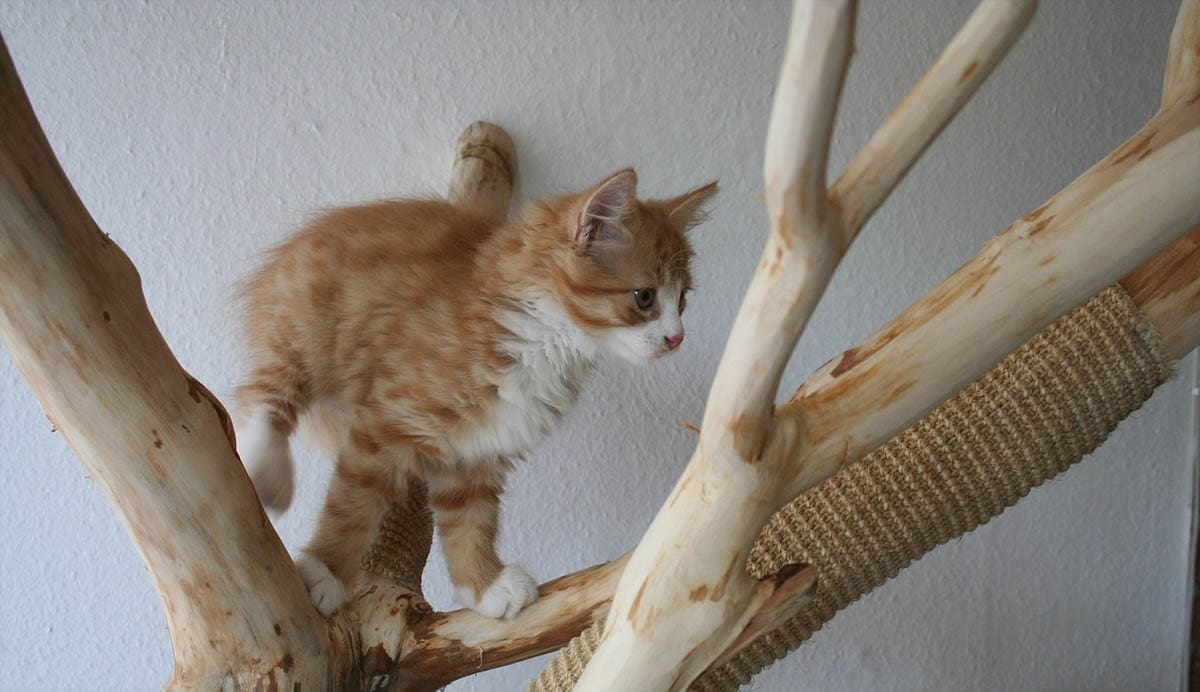
High resting places are a must for cats who are natural climbers. A high position gives the cat a wide vantage point from a safe distance from real or perceived threats. Tall cat trees with beds are a great way for cats to strop, climb, rest and feel safe.
Schedule playtime

Playtime is important for all cats to not only exercise but to have the opportunity to engage in their hardwired predatory behaviour. Exercise maintains physical health, keeps weight at a healthy level and provides mental stimulation.
Keep a range of toys in the house but don’t have them all out, rotating keeps things interesting.
All it takes is 10 minutes or so a day, and your cat will thank you. The best time to do this is before a meal if you are playing a hunting type game (with a wand or laser pointer), make the object act as a prey animal would act in the wild, playing dead, moving away, hiding and finish the game by letting the cat catch and ‘kill’ the target. Feed the cat as soon as the play session. This mimics how a cat would hunt in the wild stalk > chase > kill > eat.
Environmental stimulation
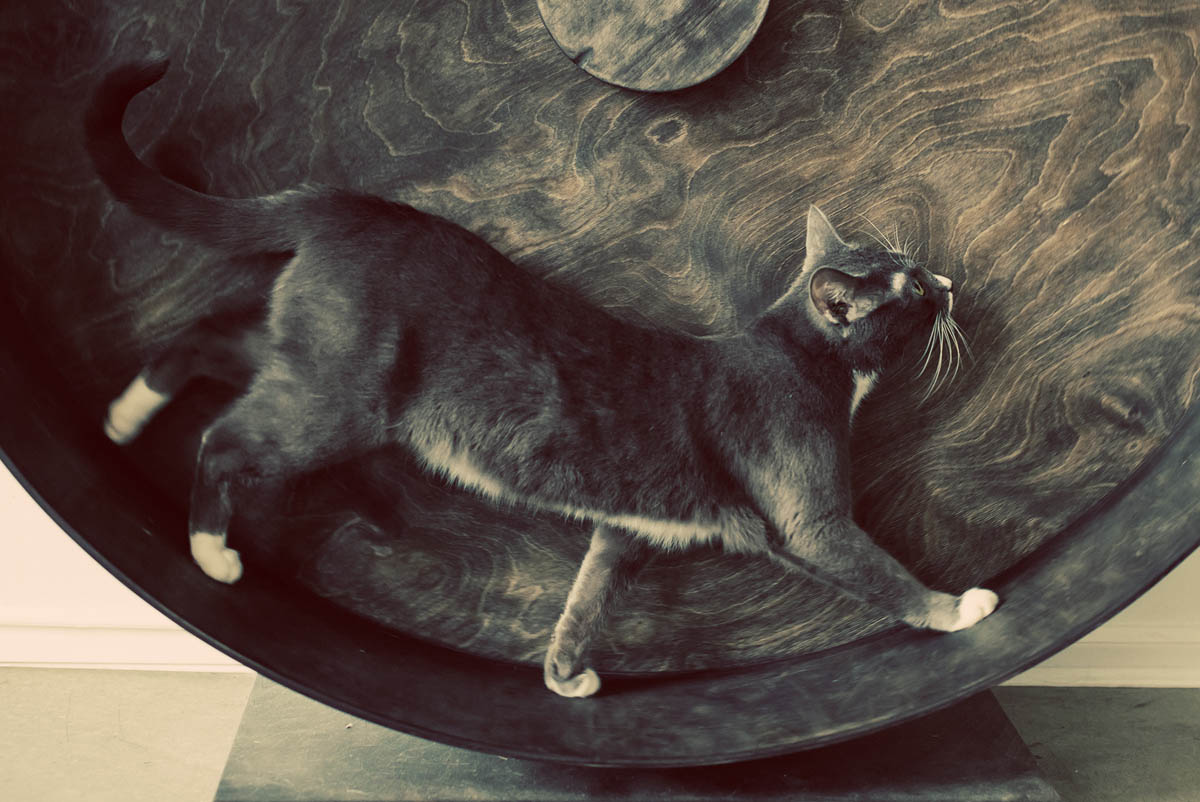
More and more cat owners are keeping their cats indoors, which is great for keeping our cats and the wildlife safe, but we must provide them with environmental stimulation to make up for this. This can include building a cat enclosure, so the cat can go outside, but remain safe, interactive toys and puzzles, perches that enable the cat to see outside.
Everyone knows how much cats love boxes and paper bags (with the handles removed to prevent the cat from getting stuck). Throw in some catnip or toy mice. Puzzle feeders are a reward-based toy that can provide mental stimulation as the cat has to work to get a treat.
Grow cat-safe plants
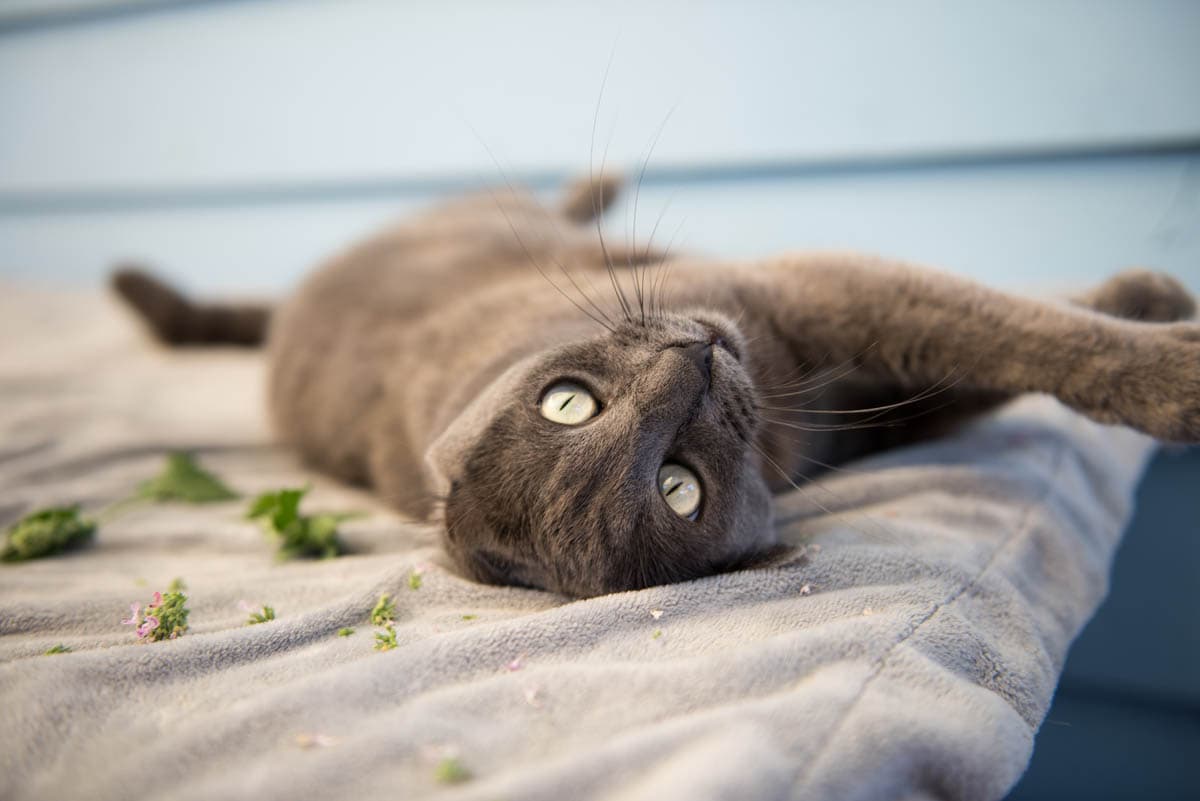
Cats enjoy a nibble on greenery, especially grass, and indoor cats often miss out on this experience but the easy solution is to bring the outdoors in and provide cat-friendly plants such as catnip and cat grass.
Avoid strong scents
We may enjoy the smell of scented candles, reed diffusers, cleaning products and cat litter but they can be overwhelming to cats whose sense of smell is considerably better than ours.
Choose scent-free alternatives where possible and if you do use scented products such as essential oil or candles, keep the door open so that the cat can leave the room if he or she wants to.
Keep a predictable and stable environment
Cats thrive on routine and calm and need a peaceful home without excessive noise and unnecessary changes.
- Feed at the same time every day
- Keep key resources (food bowls, litter trays, beds) in the same place
- Ensure interaction with the cat is consistent (ie: don’t let them on the kitchen bench one day and punish them the next time they do it)
Litter trays
![]()
There should be one litter tray per cat plus one extra. Litter trays come in all shapes and sizes and may be covered or open. Some cats like the privacy of covered litter trays, others feel vulnerable, so it is important to cater to different tastes with covered and open trays.
Place trays away from food and water bowls and sleeping areas.

